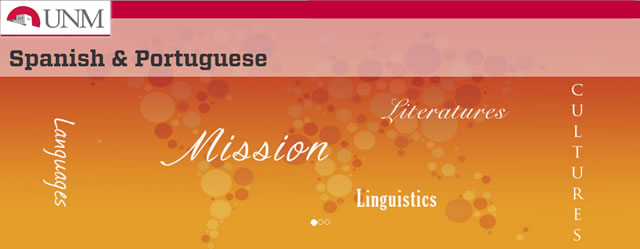
Spanish and Portuguese ETDs
Publication Date
1966
Abstract
Before the appearance of Gil Vicente, one cannot speak of a theatre in Portugal except, perhaps, of some traces of religious dramatizations during the Middle Ages and of some documents of allegorical theatre during the times of D. Joāo II—a theatre based entirely on scenography and in which the literary world was almost entirely unknown. Anrique da Mota, although proportioning some aid in the understanding of Gil Vicente’s theatre, seems to be overshadowed by the impressive figure of the latter. Without any dramatic tradition surrounding him, Gil Vicente turns toward such figures as Juan del Encina, looking for possible suggestions for his own pastoral theatre. The creative genius of Gil Vicente, sustained by an extraordinary poetic vocation and an appreciable intellectual formation, unquestionably surmounts the Spanish esthetics and consolidates the genre in Portugal with its prolific dramatic productions. Living during the beginning phases of the Renaissance, Gil Vicente does not let himself be influenced by such a horizontal concept of life, that in which man is the standard of all things. There is no trace of paganism in all his works, rather the very evident Christian conception of life, seen through a prism of rigorous orthodoxy. Satire and pious works are constantly serving missionary activities, preoccupied with the edification of man and with his subordination to Providence.
Degree Name
Portuguese (MA)
Level of Degree
Masters
Department Name
Spanish and Portuguese
First Committee Member (Chair)
Albert Richard Lopes
Second Committee Member
Alice Carmona-Morgan
Third Committee Member
Sabine Reyes Ulibarrí
Language
English
Document Type
Thesis
Recommended Citation
Megenney, William W.. "A Study of Some of Gil Vicente's Aspects as a Didactic Moralist." (1966). https://digitalrepository.unm.edu/span_etds/150
Included in
European Languages and Societies Commons, Latin American Languages and Societies Commons
